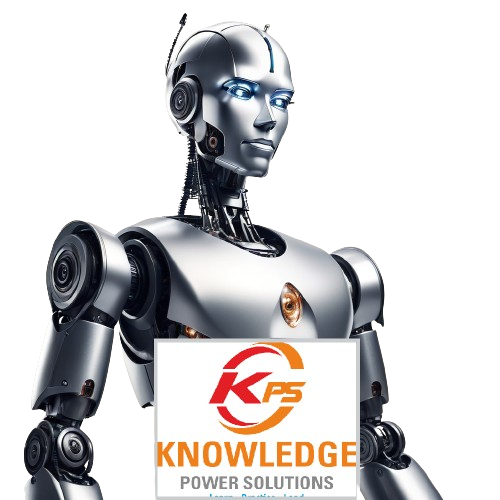Here’s a table comparing the Data Engineer role with other relevant roles like Data Scientist, Data Analyst, and Machine Learning Engineer:
| Role | Data Engineer | Data Scientist | Data Analyst | Machine Learning Engineer |
|---|---|---|---|---|
| Primary Focus | Building and managing data pipelines, infrastructure, and storage systems. | Analyzing and interpreting complex data, creating predictive models. | Examining data to identify trends, patterns, and insights for business decisions. | Developing and deploying machine learning models. |
| Key Skills | SQL, Python, ETL, big data tools (e.g., Spark, Hadoop), cloud platforms (e.g., AWS, Azure, GCP). | Python/R, statistics, machine learning, data visualization, deep learning (optional). | SQL, Excel, data visualization (e.g., Tableau, Power BI), basic statistical analysis. | Python, deep learning frameworks (e.g., TensorFlow, PyTorch), software engineering, model optimization. |
| Main Tools | Kafka, Spark, Hadoop, SQL databases, cloud storage (S3, BigQuery), Airflow. | Jupyter, Pandas, Scikit-Learn, deep learning tools, statistical analysis packages. | Excel, SQL, Tableau, Power BI, Google Analytics. | TensorFlow, PyTorch, ML pipelines, MLOps tools. |
| End Goal | Ensuring reliable data access, processing, and storage for other data roles. | Building predictive and analytical models to support data-driven decisions and insights. | Delivering reports and insights to inform business strategies. | Creating machine learning models that can be integrated into production applications. |
| Data Interaction | Designs and manages the data infrastructure (back-end focus). | Extracts and analyzes data for patterns and insights (analysis focus). | Queries data and generates reports and visualizations (business focus). | Optimizes and operationalizes ML models on top of data infrastructure created by Data Engineers. |
| Coding | Extensive coding, primarily for data pipelines, ETL processes, and automation. | Strong coding for data wrangling, analysis, and machine learning model development. | Limited coding, mainly SQL and scripting for data extraction and reporting. | Heavy coding for model development, fine-tuning, and deployment. |
| Math & Statistics | Moderate; focus is more on data processing than in-depth statistical analysis. | High; applies statistical and mathematical principles in model creation. | Moderate; basic statistics for understanding and interpreting trends. | High; applies statistics and probability for model accuracy and performance improvements. |
| Output | Data pipelines, cleaned and structured data sets, and data infrastructure. | Machine learning models, insights, and research findings. | Reports, dashboards, and ad-hoc analyses. | Deployed machine learning models and pipelines in production. |
| Collaboration | Works closely with data scientists, ML engineers, and analysts to enable data accessibility. | Collaborates with data engineers and business teams to understand data needs and produce insights. | Works with business stakeholders and data engineers to provide data-driven insights. | Collaborates with data engineers and data scientists to develop and deploy models in production. |
